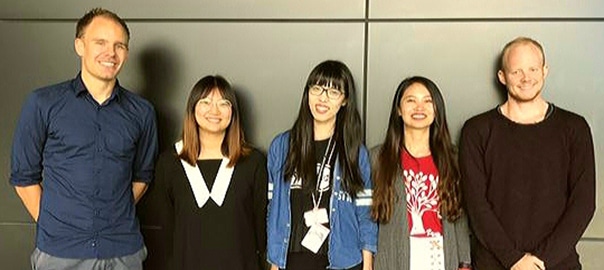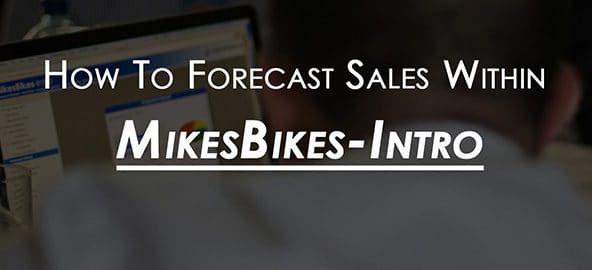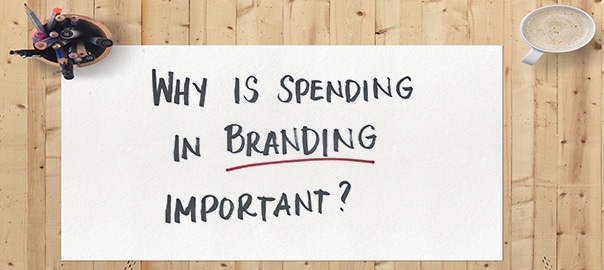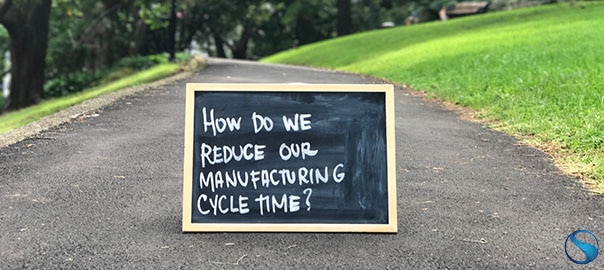Naming your company is one of the most important decisions when establishing a new business. It forms the foundation of your company’s brand and is key to a lasting first impression. However, coming up a name for your business is often as challenging as it is important.
So what are the best ways to pick a creative, meaningful or impacting company name?
Here are the Top 5 Methods for Creating the Perfect Name for Your Business:

Many company names are inspired by the founder’s own name. For example Bayer (Friedrich Bayer was the founder of the company), Boeing (after William E Boeing) and John Deere.
An amalgamation or acronym of the founder’s names could be used. Ben & Jerry’s for example (Ben Cohen and Jerry Greenfield are the founders of this global ice cream empire), 3M (Minnesota Mining and Manufacturing Co) and DHL (Adrian Dalsey, Larry Hillblom and Robert Lynn).
Alternatively, an acronym which combines your name with your location. For example, DKNY (Donna Karan, New York) or IKEA (from the founder’s name, Ingvar Kamprad, and his hometown, Elmtaryd Agunnaryd).

Take a word that’s symbolic for your company and invent a new word through a mash-up, alternate spelling or misspelling. This can give your company an internationally unique identity.
Mozilla, the internet browser, is a word mash-up, being Mozaic and Godzilla. Reebok is an alternate spelling of “rhebok”, the African antelope. Famous misspellings are Flickr and Tumblr, where the founders simply dropped the last vowel of the word.
Using a foreign word can also provide a unique flavor outside of the country of origin. For example, Acer is the Latin word for “sharp and able”.

If you wish to be bold you can use humor to create an immediate reaction from consumers. A successful funny company name will provide a lasting first impression and encourage customers to tell their friends about you.
For example, in the highly competitive frozen yogurt market, the company name Spoon Me, was quirky and funny enough to catch people’s attention that consumers now proudly don the company’s t-shirts, bumper stickers and other merchandise.
Also, names that are a play-on-words or that utilize puns can be a fun way for a company to create its own distinct image. Everyone remembers the coffee shop in the New York-based sitcom Friends, Central Perk. And our local seafood restaurant is named The Codfather.

Descriptive business names are upfront about the kind of products and services they offer. Their strength is they immediately communicate a key message describing what your company offers. This could be your company’s story, an inherent company value or a particular quality linked to your products.
For example, Freeset (a fair trade business whose goal to is set locals free from slavery and poverty), Best Buy and Staples.
More creative options are Greyhound (to convey speed), the Ford Mustang (evokes the emotion of power and freedom) and Nike (the winged goddess of victory).
Alternatively, you can combine two descriptive words to create a new meaningful word. For example Smartsims (smart & business simulations), Evernote (forever & note) and Groupon (group & coupon).

Sometimes the best company names come from simple ideas and concepts.
These include choosing a word from the dictionary (like Twitter), picking an inanimate object (Steve Jobs chose Apple for its friendly appeal and common usage) or even a geographical location (like Amazon or Fuji).
Alternatively, take a word that has special meaning for your business, but just use a portion of the word, like Cisco (from San Francisco where the company was founded).
Do you know of a Clever, Unique or Funny Company Name?
Have you come across a particularly meaningful, creative or humorous company name? This article is now posted on our Facebook page. Click on the link below and comment to share these with us:
Click Here to Comment and Share









